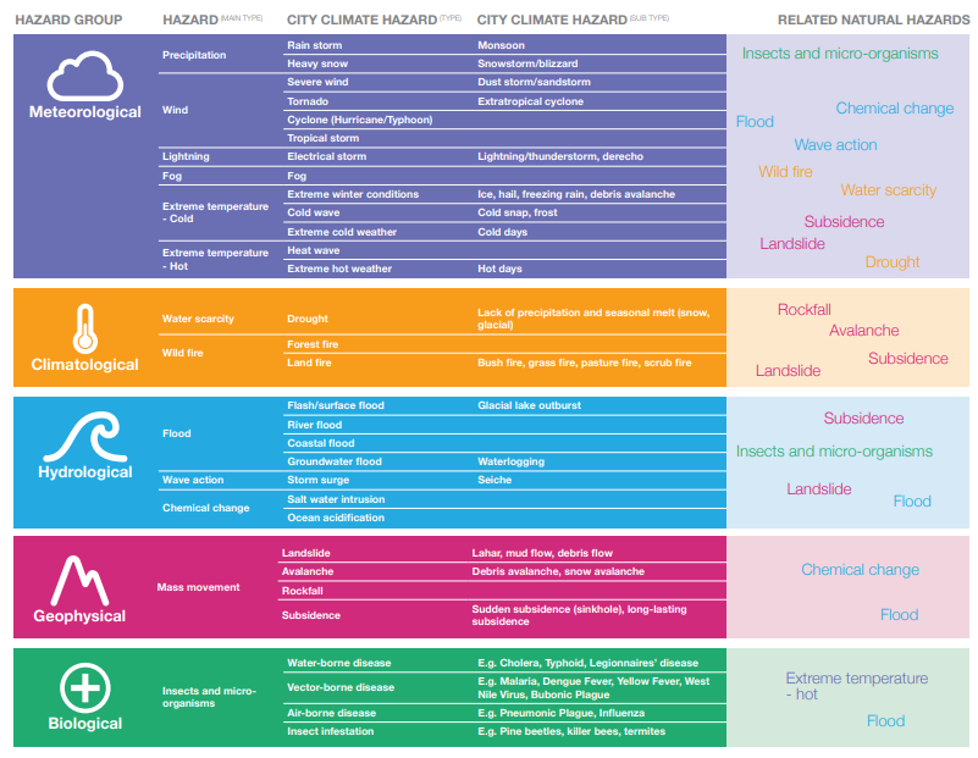Nature and Greening: An integrated approach to Carbon Sequestration, Climate Resilience and Biodiversity
As a part of the Net Zero programme series, this blog explores how Towns can implement nature and greening as part of the Towns’ projects – focusing on the following areas:
Climate resilience (the capacity to cope with and respond to climate hazards such as flooding and heat waves while maintaining function),
Carbon sequestration (removal of CO2 from the atmosphere), and
Biodiversity (the number and variety of plants and animals).
An integrated approach
During the design and implementation of a greening project, it is important to consider the aspects of carbon sequestration, climate resilience and biodiversity. Each of these environmental themes are interrelated and, therefore, should be addressed in tandem. By addressing these three themes together, towns can further their efforts to reach net zero emissions due to the carbon saving benefits of nature-based solutions.
Overarching national and international commitments set the context and targets for achieving net zero. For example, in 2019, the UK introduced an interim target of reducing emissions by 78% from 1990 levels by 2035 and to achieve net zero by 2050. These “big picture” objectives funnel down to local and regional levels, where Towns can contribute to reaching these objectives by implementing tangible solutions.
Nature-based solutions
Nature-based solutions can be used to both improve climate resilience and biodiversity as well as act as a valuable source of carbon sequestration and are subsequently an integral part of the journey towards net zero. They can both increase a Town’s climate resilience and remove carbon dioxide from the atmosphere. Some examples of nature-based solutions include planting trees, protecting natural wetlands and encouraging green urban spaces. They are vital for long-term resilience to impacts we’re experiencing due to climate change.
Climate resilience
So, what is climate resilience and why is it important? It refers to the capacity of individuals, businesses and government to plan for, recover from and adapt to the impacts of climate change. Climate resilience is becoming a key aspect of town planning and policy, as Towns will increasingly experience extreme weather events. The common hazards towns may face from climate change in the future are outlined below (source: Arup). These include climate hazards such as heavy rain, severe wind, heat waves, forest fires and flooding.
Towns must consider these factors when planning their projects to create robust, sustainable, and adaptable facilities and projects that can withstand the effects of climate change. Moreover, Towns must specifically utilise carbon sequestration solutions and actions to improve biodiversity as these will directly increase the climate resilience of local communities.
Figure 1: City Climate Hazard Taxonomy - Arup.
Carbon Sequestration
Carbon sequestration is the process of removing carbon from the atmosphere and storing it. There are three approaches to carbon sequestration:
Nature-based – e.g., planting trees to remove carbon dioxide from the atmosphere via photosynthesis, floodplain restoration to increase biodiversity.
Technological – e.g., Direct Air Carbon and Storage Capture (DACCS) which removes carbon dioxide emissions from the atmosphere.
Hybrid – e.g., Bioenergy, Carbon Capture and Storage (BECCS) which extracts bioenergy from biomass, removing and storing the carbon dioxide from the atmosphere.
These solutions are integral to climate resilience as removing carbon from the atmosphere reduces the pace of climate change and consequently the occurrence of natural disasters and hazards. While technological and hybrid solutions are still being developed, there are many nature-based solutions that Towns can implement into their projects which will improve their overall carbon reduction. This could include the use of green infrastructure in retrofits and new developments.
Biodiversity
Recently, biodiversity has become a topical focus point of nature-based solutions. The 2021 Environment Act introduce a mandatory biodiversity net gain (BNG) of 10% to every planning application and will be in force from mid-2023. BNG is intended to improve biodiversity and mitigate the impacts of the development by creating or enhancing habits either on-site or off-site. This habit will then be secured for at least 30 years under the provisions. In the future, Towns who are applying for planning permissions will need to consider BNG within the design and development of their projects.
There are several benefits to BNG, including its ability to lessen the impact of development and leave the environment in a better state than it was before. It is important for Towns to begin to consider biodiversity elements now both in preparation for mandatory BNG requirements and for climate resilience and carbon sequestration benefits.
Design, implementation and maintenance
When thinking about greening projects, it is important to take a ‘whole lifecycle’ approach, which is a process you can use to ensure your project achieves its net zero and biodiversity targets.
This involves the following stages:
Design: working with knowledgeable stakeholders helps you understand what your options are, such as understanding the location of ecologically sensitive areas or understanding options available for onsite and offsite carbon offsetting.
Retention: this is a vital aspect of any greening project. Working with the green spaces and areas that your Town already has will help to secure biodiversity net gain.
Implementation: it is important to assess whether your project is addressing the hazards you have identified in practice, ensuring the solutions are providing protection for local communities.
Maintenance: a maintenance plan will help preserve ecological integrity and functionality of your project. For example, it is not simply a matter of planting trees and leaving them to grow. Upkeep and monitoring are also crucial to ensure the success of your greening project as this will futureproof the project and maximise its benefits.
Conclusion
Overall, an integrated approach to your greening project will ensure its longevity, positive benefits for nature, and adaptability.
By understanding the types of nature-based solutions that can provide sequestration, resilience and biodiversity benefits – and using the right processes to implement these – your project can create a cleaner, greener environment for the whole community.
